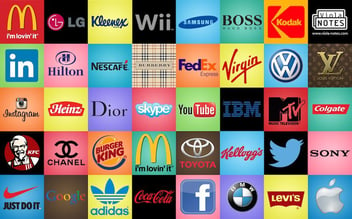The Connection Between Customer Loyalty and Emotional Engagement
The gap between what consumers expect and what brands are delivering is widening.
Stop us if you’ve heard this before.
We’ve written recaps for several years on the Brand Keys Consumer Loyalty and Engagement Index (CLEI). And every year we’ve drawn the same conclusion.
Consumers are charging forward, while most brands are digging trenches.
Two years ago, the CLEI reported that consumer expectations rose by 30%. In 2015 that number was 28%. This year that number was just 18%.
Which doesn’t sound that bad, until you notice that consumers say brands’ ability to meet their demand rose by just 8%.
As a result, society as a whole is becoming less loyal to brands. We’re all mercenary shoppers, because the answer to “What has (insert brand name here) done for me lately?” is usually, “Not much.”
The widening gap is due to a severe lack of emotional engagement. We’re great at selling stuff to people. We’re not so great at meeting customer expectations.
A skeptic may say, “How can I meet some sort of emotional need for my customers? I sell toilet paper.”
The truth is it doesn’t matter what you sell.
What matters is what causes people to buy one brand over another. Customer loyalty stems largely from a brand’s ability to meet or exceed expectations.
Those expectations are increasingly becoming emotional, rather than rational. Price can spur an initial purchase, but the product or service has to deliver deeper value to earn a second, third and fourth sale.
Maybe it’s toilet paper that’s environmentally friendly, or soft enough to double as a kid’s tissue. What matters is having a brand that matches the values of your top customers.
And that requires the cessation of marketing and a focus on relationship building.
The Pulse of the Customer
Consider Domino’s Pizza. The brand has topped the pizza category for a few years now, due primarily to its mea culpa campaign. In case you’ve forgotten, the brand ran ads admitting how poor their product had become, and pledged to rebuilding itself around customer demands.
They may not have the best pizza in town, or the cheapest, but they’ve built themselves to reflect the desires of their customers.
Another commonality among many of the top brands is loyalty programs. Domino’s has one, as does Dunkin’ Donuts, Kellogg’s, jetBlue, Amazon, Victoria’s Secret and many others. Besides the obvious rewards aspect, these programs are a smart way to keep tabs on customer behaviors and patterns.
And that’s what it all boils down to, right?
Brands don’t thrive in vacuums. The smart ones evolve as their customers evolve. Consistency matters, but only in the sense that a brand is consistently adapting to what its own customers want.
The brands that excel know what drives their customers, and they do what they can to exceed those expectations. The hard part for most of us is simply knowing what those expectations are.
But for those that do, a place atop the 2017 Brand Keys CLEI is definitely within reach.
(Toilet paper image courtesy of Dean Hochman)
Topics: Customer Engagement, customer loyalty
Written by: Brandon Carter




.jpeg)







Share your Comment.